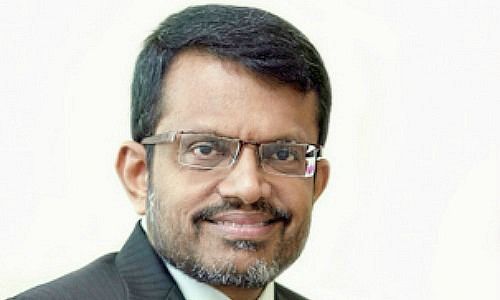Ravi Menon: «Regulation Must Not Front-run Innovation»
Speaking at the Singapore Fintech Festival Ravi Menon, Managing Director of the Monetary Authority of Singapore, reminded the attendees that technology is really about fostering a culture of innovation.
Menon said that in an industry facing the headwinds of lower economic growth and heavier regulatory burdens, innovation represented a way to refresh and re-energise the business model.
He was also keen to stress that innovation itself is not always about high-tech. It is about seeking newer and better ways to do things, about a spirit of enterprise. «It is about hope in the future. The financial industry needs that,» said the Monetary Authority of Singapore (MAS) chief.
Smart Financial Centre Vision
Menon also rolled of a check list of how far Singapore had come in its financial technology journey. Last year, MAS laid out a vision for a Smart Financial Centre, where innovation is pervasive and technology is used widely.
Among other notable points, a regulatory sandbox to test innovative ideas has been established as have links with other major financial technology hubs.
MAS will also soon set out proposals on the governance, supervision, and management of algorithms for robo-advisers to ensure integrity and robustness in the delivery of financial advice.
Support for fintech's has flourished with centres such as LATTICE80 which offers dedicated physical space in the heart of Singapore financial district for fintech start-ups to work, connect, and co-create with the financial industry and private investors.
MAS, the Singapore Exchange, and eight banks have embarked on a proof-of-concept project to use blockchain technology for inter-bank payments, including cross-border transactions in foreign currency.
This effort is supported by the R3 blockchain research lab and BCS Information Systems. Under the pilot system, banks will deposit cash as collateral with the MAS in exchange for MAS-issued digital currency. The banks can later redeem the digital currency for cash.
Regulation and Fintech
Menon and the MAS believe regulation must not front-run innovation. Introducing regulation prematurely may stifle innovation and potentially derail the adoption of useful technology. But the regulator must run alongside innovation.
It is important to keep pace with what is going on, assess what the risks might be,and continually evaluate whether it is necessary to regulate or leave things to evolve further, Menon commented
This means regulation comes in only when the risk posed by the new technology becomes material or crosses a threshold.



























